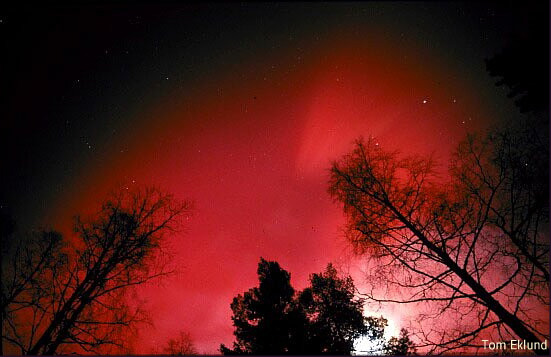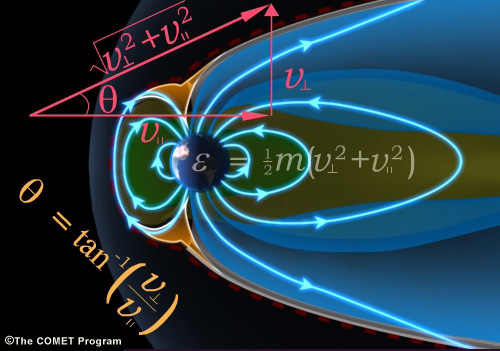Mystery
“The most beautiful experience we can have is the mysterious. It is the fundamental emotion which stands at the cradle of true art and true science. Whoever does not know it and can no longer wonder, no longer marvel, is as good as dead, and his eyes are dimmed.”—Albert Einstein 1
“I will show you, whether you like it or not, that physics is beautiful. And you may even start to like it.”—Walter Lewin 2

Long before quantum physics, long before astronomy; prior to any concept of electromagnetism, mechanics, science, or mathematics; long before our invention of tools and language, in a primeval time that was measured only by season, sunset, moon phase and heartbeat, our imagination took flight in the dance of these lights. They speak to us across the ages, of stories long forgotten, of heart’s blood stirred in winter darkness, long before the dawn of human mind.

What are these lights? Where do they come from—the Sun, the Earth, the stars? Why do they descend upon us? What gives them such unearthly colors?
The answers are many, reflecting the multiple dimensions of human expression: physical, mathematical, historical, psychological, poetic, and mythic. Our focus, in this learning module, is on the physics of the aurora. You will learn about the systems and processes through which the Earth’s magnetic field and upper atmosphere capture the solar wind to light up the polar sky.

But, before delving into the science of the aurora, take a moment to consider some mythic and historical perspectives on these amazing phenomena. Let this introduction serve to whet your appetite and sharpen your interest in exploring the many mysteries of the aurora.
references
- Einstein, A., The World as I See It, translated by A. Harris, Watts and Company, London, 1940.
- Massachusetts Institute of Technology online course materials for Physics 8.02.